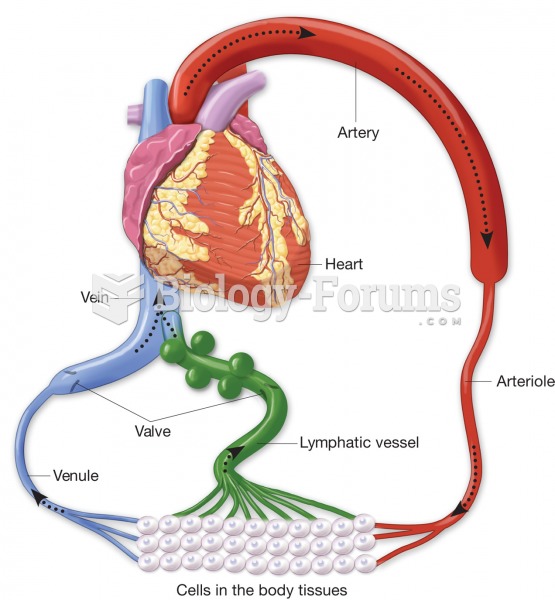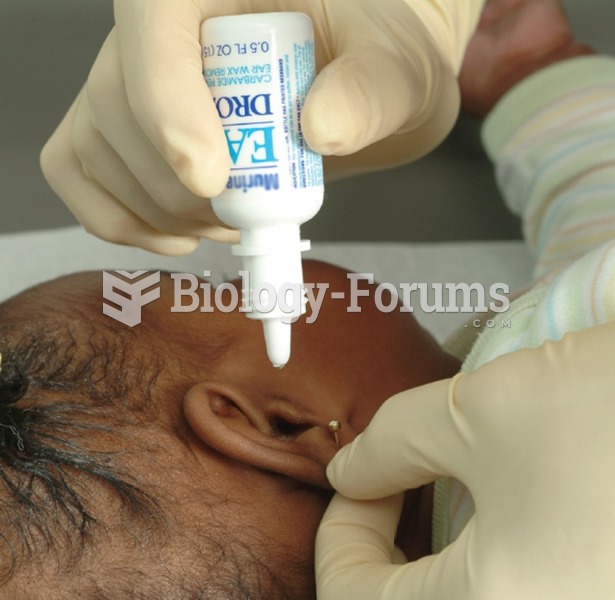|
|
|
The Food and Drug Administration has approved Risperdal, an adult antipsychotic drug, for the symptomatic treatment of irritability in children and adolescents with autism. The approval is the first for the use of a drug to treat behaviors associated with autism in children. These behaviors are included under the general heading of irritability and include aggression, deliberate self-injury, and temper tantrums.
Aspirin may benefit 11 different cancers, including those of the colon, pancreas, lungs, prostate, breasts, and leukemia.
Thyroid conditions cause a higher risk of fibromyalgia and chronic fatigue syndrome.
There are more sensory neurons in the tongue than in any other part of the body.
The first documented use of surgical anesthesia in the United States was in Connecticut in 1844.







